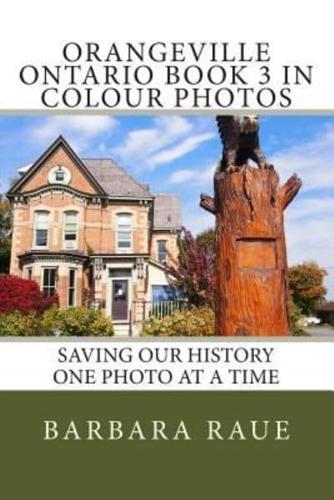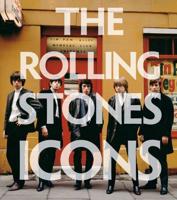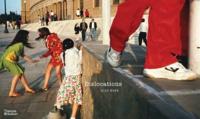Publisher's Synopsis
John Corbit acquired land in the area in 1829 and is one of the earliest settlers. Spring Brook (also called Mill Creek), a tributary of the Credit River, provided water for power for several mills located downstream. By 1844 when Orange Lawrence and his wife Sarah arrived from Connecticut, a well-established community called Grigg's Mill existed beside Mill Creek.Orange Lawrence helped to develop the community, laying out the southeast part of town; he opened a general store and a tavern, built a second mill, founded the first school, and became the village's first postmaster in 1847. He left a strong mark on the community which took the appropriate name of Orangeville.Immigrants from Ireland and other parts of the British Isles and Canada West came throughout the 1840s and 1850s with some establishing successful mixed farms while others settled in the village and became the landowners, merchants, and tradesmen whose needs led to the development of good transportation routes.By 1871 two daily stage lines were operating between Orangeville and Brampton, and that year the Toronto, Grey and Bruce Railway reached Orangeville.By 1875 there was a foundry, three planning mills, two saw mills, a tannery, a carding mill, several carriage and wagon manufacturers, and a successful pottery business in operation, along with four grocers, three hardware merchants, two drugstores, three watchmakers, three bakeries, and three establishment proving boots and shoes.Orange Lawrence and Jesse Ketchum had large sections of land on either side of the main street laid out for both commercial and residential building lots. The south side followed Mill creek while a regular grid pattern was determined for the streets on the north side from first to Fifty Streets both east and west and north to Fifth Avenue, with a wide main street called Broadway. This 30-metre (100-foot) avenue was not typical of Ontario towns of the time.Orangeville is proud of its roots and seeks to preserve its heritage. With two of our children and five grandchildren living in Orangeville, we often make the trek to the town. I have walked and driven the streets of Orangeville discovering its beauty. There are hundreds of old buildings which have retained their 1800s architectural styles and character. The pictures are divided into three books with colour photos. The first book covers the beginnings of Orangeville with colour pictures from the south side of town. The second book covers buildings on Broadway. Book 3 covers buildings on the north side of town, plus pictures of some of the town's tree sculptures; also included are pictures taken in surrounding areas of Caledon Village and Mono Centre.. An appendix is included to describe architectural styles and terms which are referred to throughout the books.









